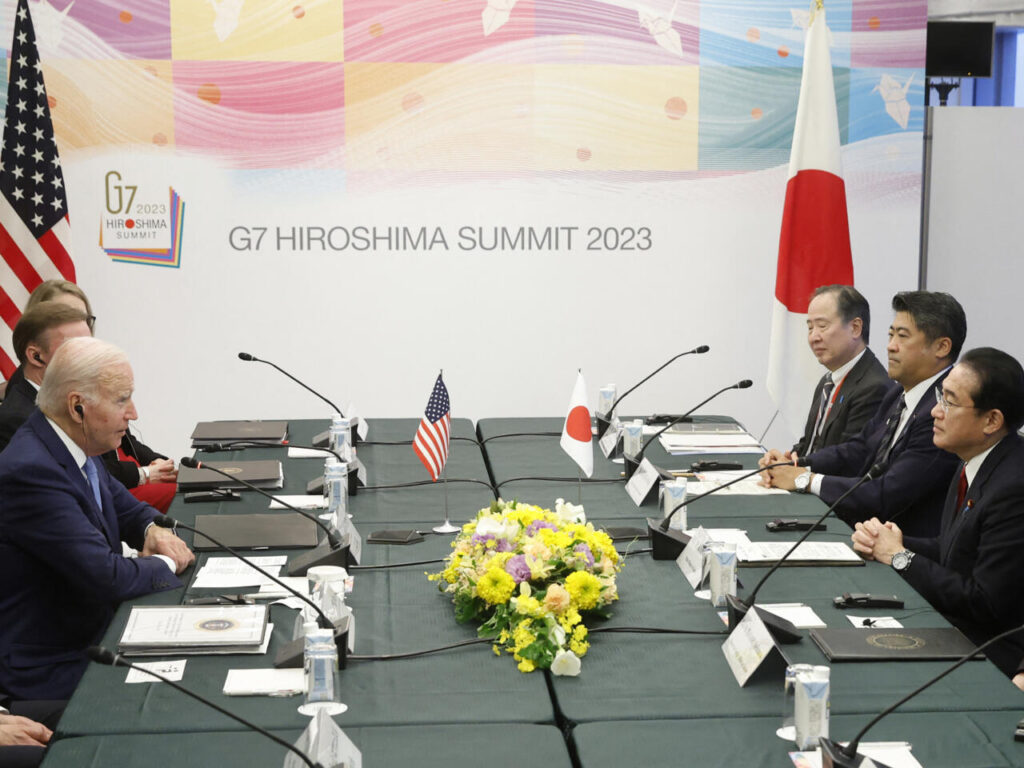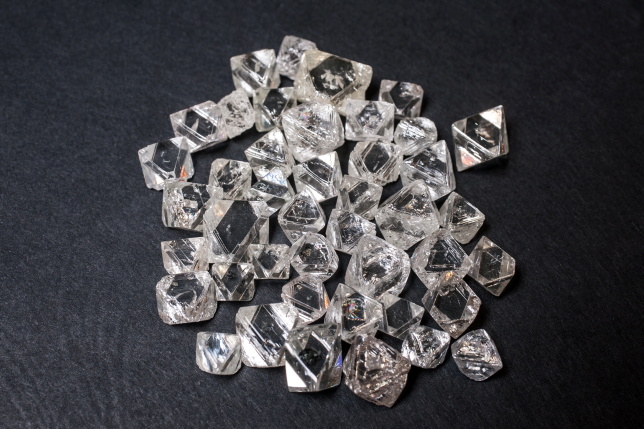
In a landmark decision aimed at crippling Russia’s financial resources amid the ongoing Ukraine crisis, the Group of Seven (G7) nations announced a direct embargo on Russian diamonds, effective January 1, 2024.
The G7, a powerful alliance comprising Canada, France, Germany, Italy, Japan, the UK, and the US, also revealed plans to gradually impose restrictions on indirect imports of Russian gems starting on March 1.
The embargo, however, does not extend to diamonds used for industrial purposes. The G7 nations also plan to implement a “robust traceability-based verification and certification” mechanism for rough diamonds by Sept. 1, 2024. This move is anticipated to manage approximately 300 billion euros ($323.58 billion) in immobilized Russian central bank assets and the G7 oil price cap.
READ ALSO: I Would Have Skipped 2024 Race if Not for Trump- Biden
While Russia’s diamond trade, valued at about $4bn (£3.2bn) annually, constitutes a small fraction of its total exports, Russia stands as the world’s largest diamond exporter by volume, followed by several African nations. The state-owned company Alrosa, which mined nearly a third of the world’s diamonds in 2021, dominates the Russian diamond mining industry.
The G7’s decision to ban Russian diamonds forms part of a broader strategy to impede Russia’s war efforts. However, the global diamond trade is a complex and opaque system. Diamonds can change hands as many as 20 to 30 times between the mine and the market, and traders and firms closely guard their diamond sources. Yet, if the major industry players unite, they could potentially restrict the trade of Russian diamonds.
The G7 nations are currently developing a scheme to restrict “blood diamonds” that fuel conflict, known as the Kimberley Process, where states certify that diamonds are “conflict-free.” However, this process does not allow for tracing diamonds back to their country of origin. The new ban on Russian diamonds aims to enhance this process and foster a more transparent diamond trade.








Leave a Reply